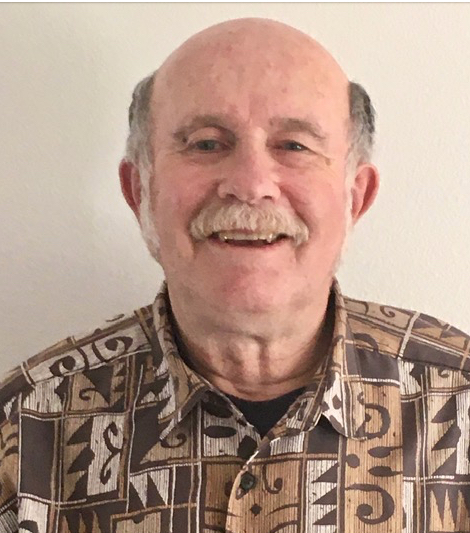Into the Great Wide Open: Family Risk and the Prevention of Eating Disorders

Into the Great Wide Open: Family Risk and the Prevention of Eating Disorders
Consider six propositions strongly supported by research:
1. Eating disorders (EDs) are serious, sometimes chronic mental illnesses.
2. There will never be enough qualified therapists and other professionals to treat the number of patients with EDs, especially since mood disorders and substance use disorders are more prevalent.
3. EDs are frequently difficult to treat effectively, and a substantial percentage of patients recover only after a long time or do not recover completely.
4. If you have had an ED, your biological siblings are roughly nine times more likely than the general population to develop an ED. If you are a parent, so are your biological offspring.
5. Since the early 2000s we have learned about the important contributions the family can and should make to the treatment, support, and recovery of people with EDs.
6. To date, the most effective forms of ED prevention focus on those at moderate-to-high risk.
Given these six “truths,” two additional facts are astounding. First, since at least 2004, there have been periodic calls by distinguished genetics researchers such as Dr Cynthia Bulik (USA/Sweden) for targeted prevention with the at-risk daughters of mothers with EDs.
Second, my recent search of several databases for the period January 2000 through August 2021 yielded no studies meeting the following criteria:
(a) identified high-risk families with a child age 10 or older;
(b) devised a prevention program for the family; and
(c) evaluated program effects on risk/protective factors and on ED onset. In a 21-year period, there are zero studies of prevention for high-risk families with a child at high-risk developmental stages, as compared to approximately one such study per year for athletes 18 years and older.
In Part 2, I will consider what to do to rectify this mysterious hole in the prevention field.
- This article first appeared in the monthly column “Weighing In on Eating Disorder Issues” ofThe Eating Disorder Journal (December 2021, 22[12]; EDReferrcom)
A note from Mary Anne Cohen, Editor of EDReferral.com
A monthly column in EDReferral.com is entitled “Weighing In On Eating Disorder Issues.”
If you would like to share an innovative concept/treatment strategy/case example that you are working on, please forward it to us for possible inclusion. Our Eating Disorder Treatment Community is a vibrant source of knowledge and expertise that we can all learn from. This is a forum of ideas not a professional profile about your practice, and we offer it free of charge. Your submission should be a maximum of 300 words including a one sentence bio sketch. Please send to Mary Anne Cohen, Editor, at macohen490@aol.com.





